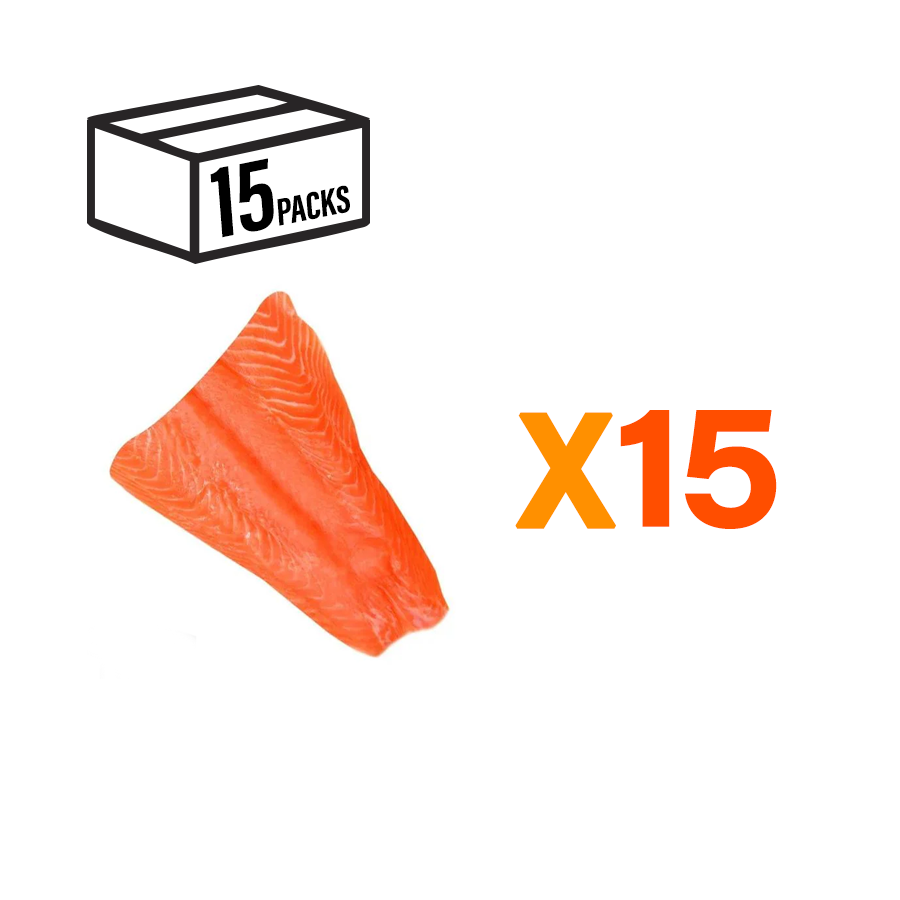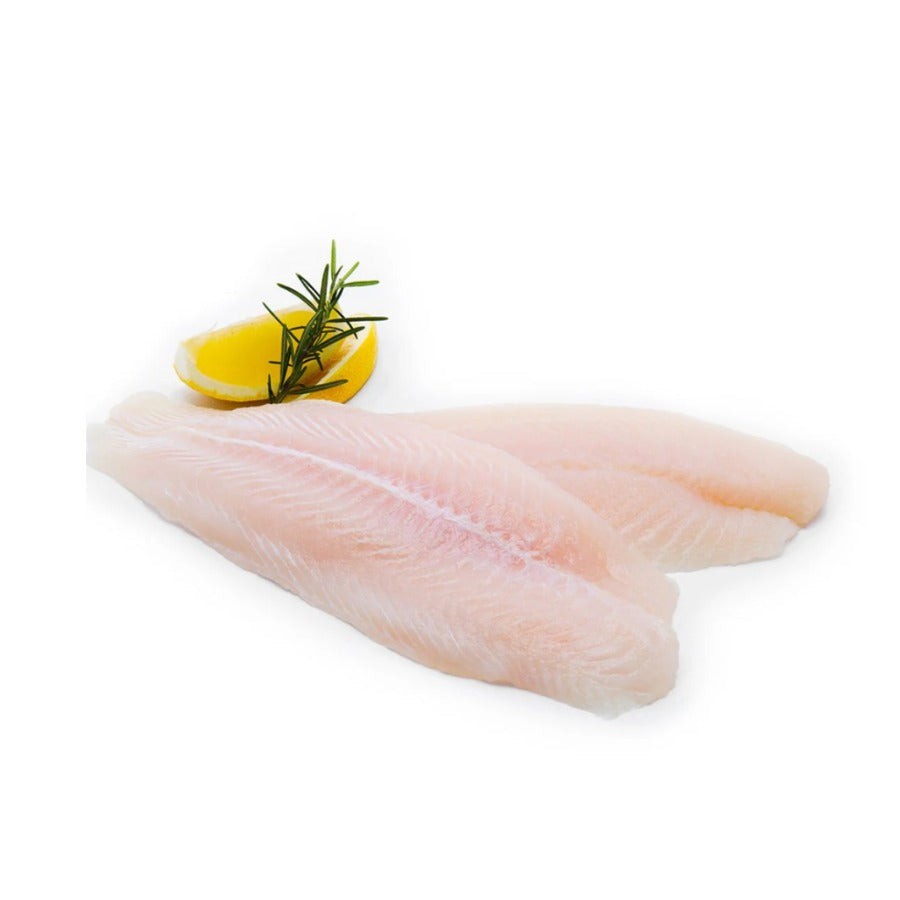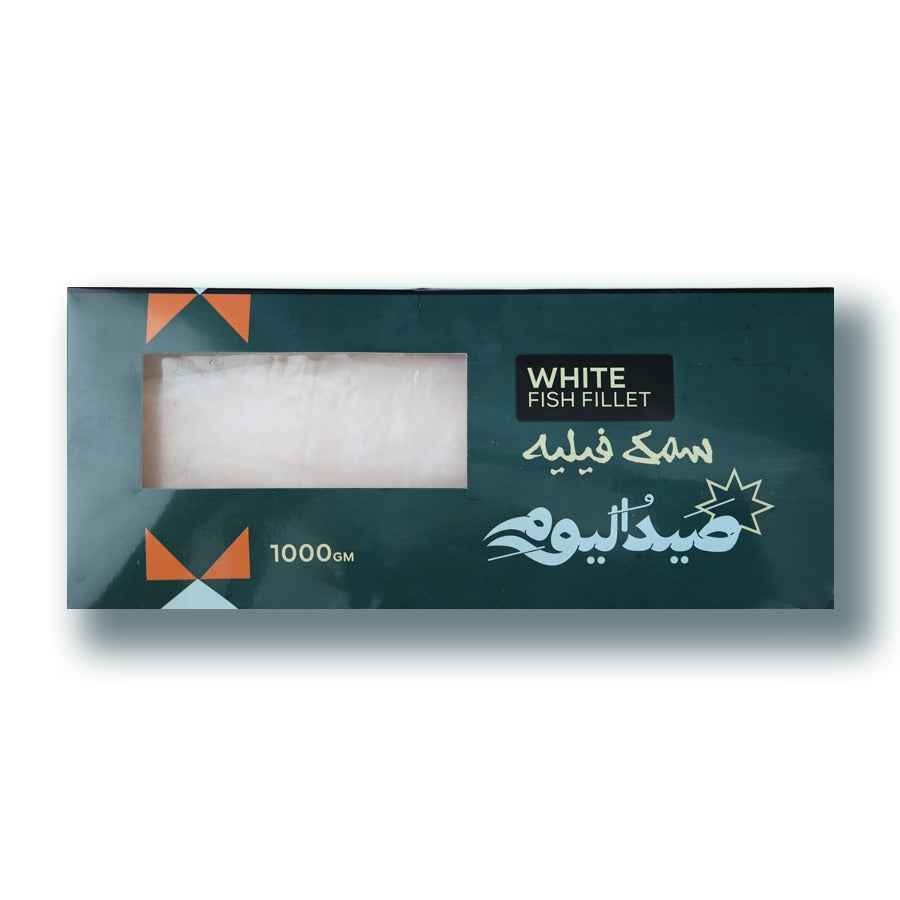Pairing Seafood with Egyptian Classics: From Molokhia to Baladi Bread
Egyptian cuisine is rich in hearty dishes and vibrant flavors, from the green herbiness of molokhia soup to the warm aroma of fresh baladi bread. But have you ever considered pairing these beloved classics with seafood? Incorporating the ocean’s bounty into traditional Egyptian meals can elevate them with new tastes and healthy protein. In this article, we explore delicious ways to enjoy seafood – like fish and shrimp – alongside Egyptian favorites. Get ready for a culinary adventure that merges land and sea, tradition and nutrition!
Molokhia with Shrimp: A Coastal Twist on Tradition
Molokhia (Jute mallow soup) is an Egyptian staple known for its garlicky, savory greens. Traditionally made with chicken or beef broth, it also has a popular coastal variation: Molokhia bel Gambari, or molokhia with shrimp. Juicy shrimp simmered in the green soup add a succulent seafood flavor that complements the earthy molokhia leaves.
To prepare molokhia with seafood flair, start by making your molokhia base as usual – lots of minced jute leaves, garlic, and coriander – but use a rich fish or shrimp stock instead of the usual meat broth. Toss in cleaned, fresh shrimp during the last few minutes of cooking. The shrimp cook quickly and infuse the soup with ocean sweetness.
Serving suggestion: Molokhia is often served over white rice or with pieces of baladi bread for dipping. Ladle the steaming molokhia into bowls and squeeze a bit of lemon on top. Enjoy it with Egyptian baladi flatbread on the side – use the bread to scoop up the soup and shrimp for a truly satisfying bite.
Sayadeya: Spiced Rice and Fish Fillets
Sayadeya is a cherished Egyptian dish of fragrant brown rice cooked with caramelized onions and warm spices, served alongside fish. In fact, it’s often called “fishermen’s rice” – a nod to how perfectly it goes with seafood.
How to enjoy it: Prepare sayadeya rice as the savory base. Meanwhile, select your favorite fish – Egyptians often use sea bass, tilapia, or mullet. Get boneless portions from our Fish Fillet selection. Season the fish with salt, pepper, and cumin, then pan-fry or grill. Serve the spiced fish fillets on a bed of the aromatic rice, adding tahini sauce or dakka (Egyptian tomato-garlic relish) for extra flavor.
Baladi Bread & Fried Seafood: Street Food Favorites
Baladi bread isn’t just a side for soups and stews – it’s the vehicle for seafood street food favorites! In coastal cities, vendors sell fried fish sandwiches and shrimp sandwiches made with baladi bread, tahini sauce, chili, and pickles.
Make it at home: Use our Crunchy Fish Fillet or breaded shrimp from the Ready to Cook range. Bake or pan-fry until crispy, then assemble your sandwich with warm baladi bread, tahini, tomatoes, lettuce, and lemon juice. Add pickled chilies for spice!
Feseekh & Renga: Bold Flavors with Baladi Bread
Feseekh (fermented mullet) and Renga (smoked herring) are traditional delicacies, especially during Sham El-Nessim. Always eaten with baladi bread, lemon, and onions, these preserved fish are intense but beloved.
- Feseekh: Wrap feseekh fillets in baladi bread with tahini and onion. Try our cleaned, jarred options from the Fasakhany collection.
- Renga: Flake smoked herring into a salad with tomatoes, onions, and vinegar. Scoop with bread. Or try Renga in Tahini – ready to eat!
- Batarekh: Cured mullet roe, sliced or grated, often paired with bread, pasta, or eggs for a rich Egyptian seaside flavor.
Bringing It All Together
From molokhia soup to baladi bread sandwiches, Egyptian classics pair beautifully with fresh seafood. These combinations honor tradition while boosting nutrition with protein and Omega-3. Whether you’re making molokhia with shrimp or sayadeya with fish fillets, you’ll discover new ways to enjoy Egypt’s flavors.
Ready to dive in? Visit Seafood Factory to shop premium seafood – from shrimp and fish fillets to feseekh and ringa – delivered to your door. Enjoy the best of Egyptian cuisine and seafood in every bite. Afiyetak!









